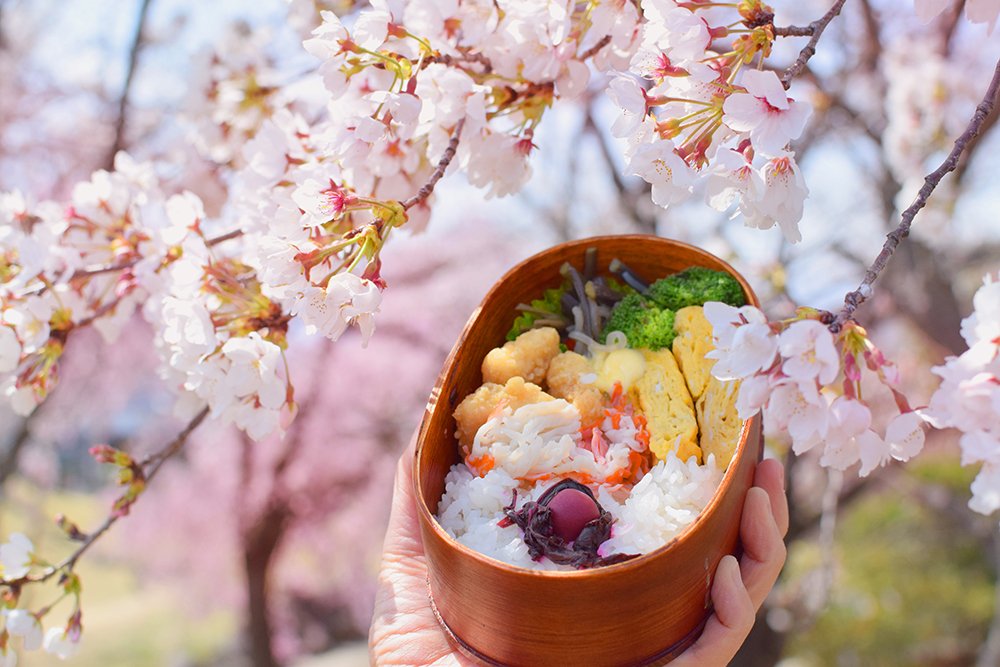We’ve all wondered at some point if the Valentine’s gift we received was simply a gift or a “gift-gift.” Is it a token of friendship or something more? Should I make a move or is this over-thinking?
And we’ve likely been on the giving end, hoping that Cupid’s arrow might touch the object of our affections, feelings would be reciprocated, and long-held desires would finally come to fruition. Oh, if only there was a way to know! Alas, in Japan, there is.
A Twist to Traditional Valentine’s Day
A number of legends tell of how St. Valentine married couples in secret, helped persecuted Christians escape prison, and after being imprisoned himself, fell in love with the jailer’s daughter and signed a love letter to her, “from your Valentine.” Centuries later, many parts of the world continue to celebrate love and devotion to their own Valentines.
In most of the West, ladies wait eagerly for deliveries of red roses and heart-shaped boxes of chocolates, new jewelry, thoughtful cards, and even marriage proposals. The holiday is one of the most popular dates for popping the big question.
But in Japan, it is the women who traditionally give chocolates on February 14th. Across the country, aisles and window displays of adorable candy boxes, cute character-themed containers, intricate cards, and cocoa-dusted sweets adorn storefronts and shelves. Colorful trimmed bows and picture-perfect gift boxes are as alluring as the decadent confectioneries within. Luckily for the men, they are under no pressure to peruse these aisles until White Day. For women, there are decisions, decisions!
Special Delivery
Not only is there chocolate galore through February and March, but different types of chocolate are given depending on one’s relationship.
Giri-choco is an obligatory, inexpensive chocolate intended for coworkers and bosses. Your tomodachi (friends) and family can receive tomo-choco, which is usually fancier and more decorative.
Homemade honmei-choco is the deepest expression of devotion. These chocolates are made at home and a true investment of time, talent, and yen, as this is the most expensive form. Honmei-choco is reserved for one’s true love or confessing a more serious interest (wink, wink!).
However, with the changing times, Japanese women have pushed back against the social expectation and financial burden of buying giri-choco for their workmates, preferring to gift tomo-choco and honmei-choco. Jibun-choco, or chocolate one buys for herself, is also very popular and is a sure way to enjoy the holiday.
Increasingly, Japanese men are opting for the traditional approach to Valentine’s gift-giving as well, choosing instead to give to love interests, girlfriends, and wives Gyaku-choco (reply chocolate) on February 14th.
Finally, March 14th!
A month later, “White Day” follows, the color symbolizing purity and associated with the innocence of teen love in Japanese culture. The holiday was introduced by the confectionery industry in the late 1970s and is also celebrated in Taiwan and South Korea. White Day is an opportunity for men to reply to the gifts they received. Thanks to overwhelming options of chocolate, subtle messages can be exchanged (and eaten!).
To Be or Not to Be?
Remember in elementary school when you were passed a folded note that read “Do you like me? Check yes or no.” Little boxes would invite you to confess your feelings and there was no space provided for comments. On White Day, men answer those little folded notes by way of chocolates. Traditionally, they should reply to their female gift-givers with a token of greater value than the one he received. If he gives an equivalent amount of chocolate, it may be seen that he wishes to end the relationship. If he chooses not to give a gift at all, it is considered an utter rejection.
Hopefully, he’s just forgotten to pick up some chocolates and finds a konbini (convenience store) before the end of the day.
Your Box of Chocolates
Regardless of the type of choco or gifts you received in February, be sure to pick up a little treat to celebrate this unique holiday. And if you find yourself in Japan during these months, give in to a flawless box of delicious perfection, whether you call it jibun-choco, honmei-choco, or “just because!”












